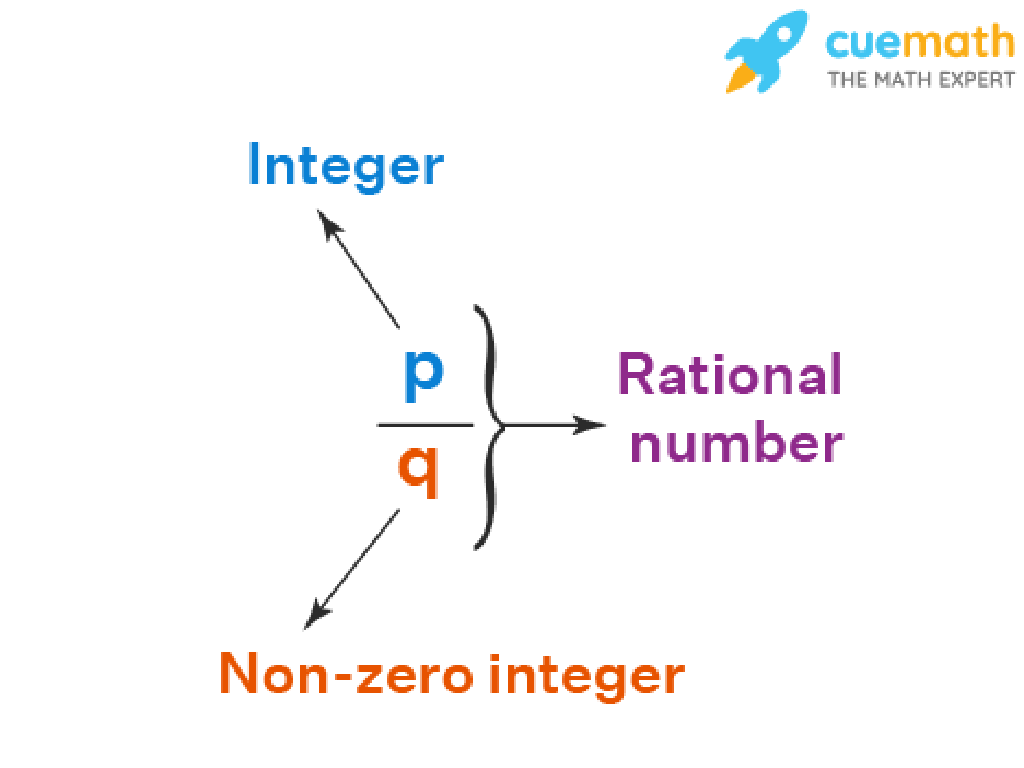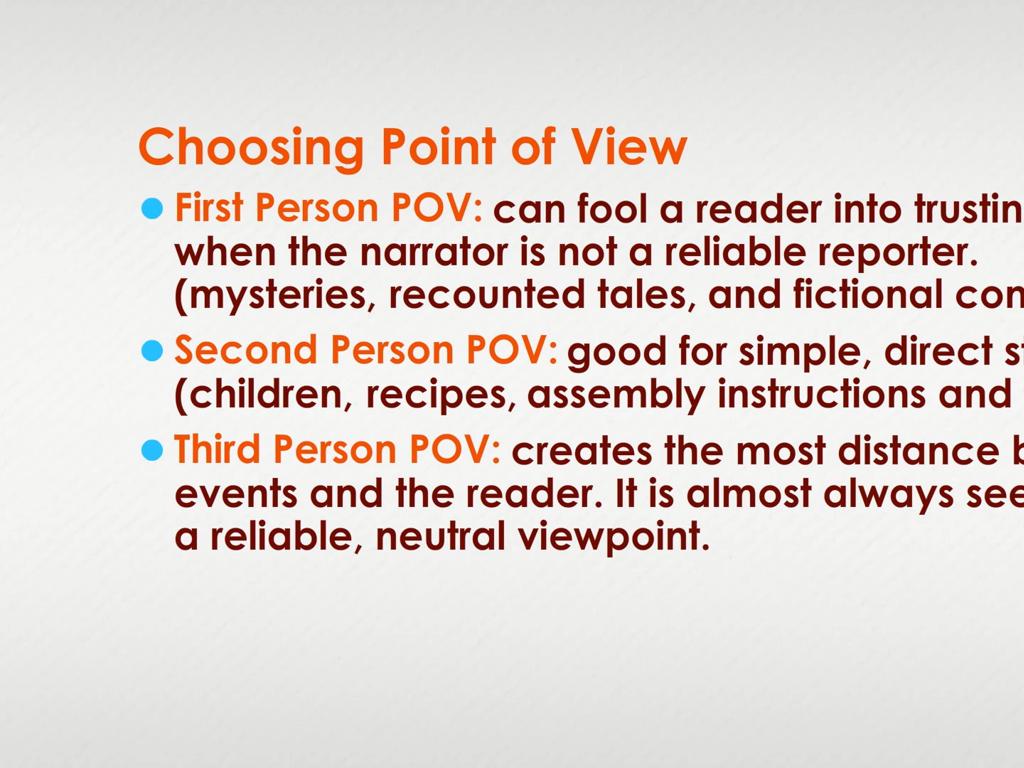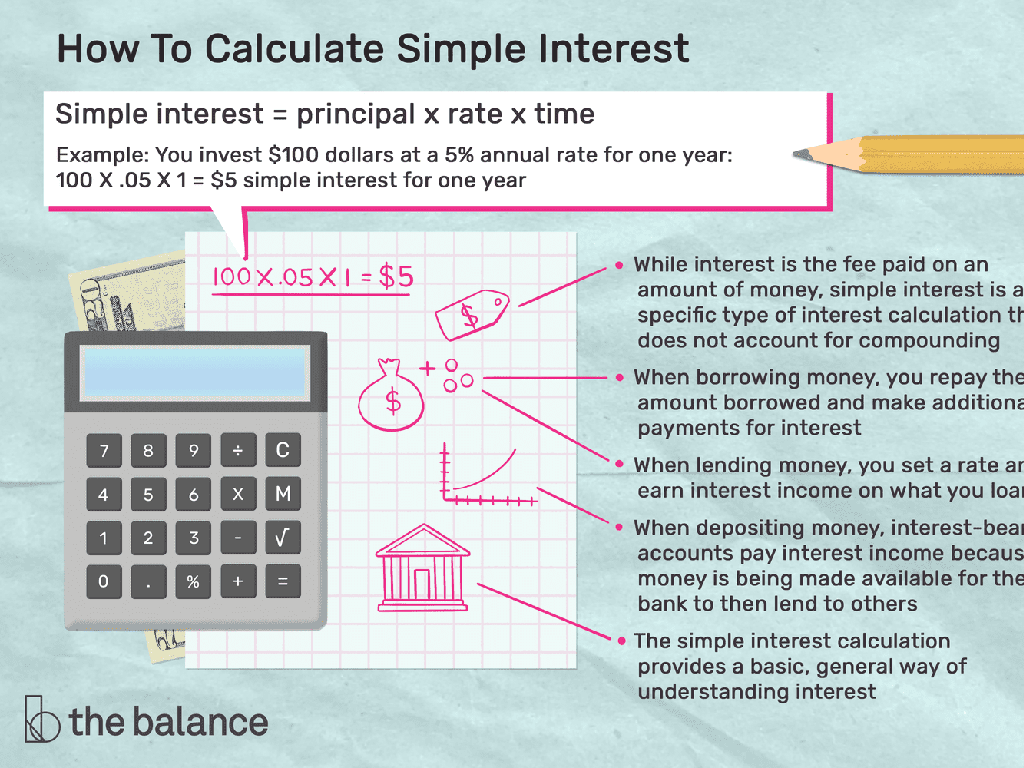Compare And Contrast In Informational Texts
Subject: Language arts
Grade: Seventh grade
Topic: Text Structure
Please LOG IN to download the presentation. Access is available to registered users only.
View More Content
Understanding Text Structures: Compare and Contrast
– Explore informational text structures
– Today’s focus: Compare and Contrast
– Identifying similarities and differences
– Significance of text structures
– Recognizes organization and aids memory
– Enhancing reading comprehension
– Helps understand complex information better
|
This slide introduces students to the concept of text structures, with a particular focus on the ‘Compare and Contrast’ structure. Text structures refer to the ways that authors organize information in an informational text. Understanding these structures is crucial as it helps students recognize the organization of the text, which can aid memory and retrieval of information. The ‘Compare and Contrast’ structure is used by authors to explain how two or more things are alike or different. By identifying this structure, students can better analyze and understand the content of complex informational texts. Encourage students to look for signal words such as ‘similarly’, ‘on the other hand’, and ‘both’ when identifying this structure. Discuss the importance of this skill in understanding not just school texts, but also in analyzing information in everyday life.
Understanding Compare and Contrast
– Define Compare and Contrast
– Comparing is finding similarities, contrasting is finding differences.
– Everyday life examples
– Comparing prices, contrasting opinions in a debate.
– Enhances comprehension
– Helps organize and analyze information, leading to better understanding.
– Activity: Find real examples
|
This slide introduces the concept of compare and contrast as a text structure in informational texts. Begin by defining the terms ‘compare’ and ‘contrast,’ emphasizing that comparing involves identifying similarities between items, while contrasting focuses on their differences. Provide relatable examples, such as comparing prices while shopping or contrasting different opinions in a debate, to illustrate the concept in everyday life. Explain how comparing and contrasting can help us organize and analyze information, which is crucial for deeper understanding and critical thinking. Conclude with an activity where students find examples of compare and contrast in real informational texts, encouraging them to apply what they’ve learned.
Signal Words in Text Structures
– Understanding signal words
– Examples: ‘similarly’, ‘both’
– ‘Similarly’ and ‘both’ indicate likeness or agreement
– Contrast: ‘on the other hand’, ‘unlike’
– ‘On the other hand’ and ‘unlike’ show difference or opposition
– Activity: Find signal words in sentences
– Analyze sentences to identify and highlight signal words
|
This slide introduces students to signal words that are commonly used in texts to compare and contrast information. Understanding these words helps students to better analyze and comprehend the structure of informational texts. Start by explaining what signal words are and how they guide readers through a text. Provide examples of words that indicate similarities and contrasts, and discuss their usage. The activity will involve students working with sentences to spot and underline the signal words, reinforcing their understanding of how these words function to compare and contrast information. For the activity, prepare sentences that use these signal words in different contexts, and encourage students to explain why the author used them.
Reading with Purpose: Compare & Contrast
– Identifying comparison in texts
– Look for signal words like ‘similar’, ‘both’, ‘unlike’, ‘on the other hand’.
– Skimming versus in-depth reading
– Skimming to get the gist, reading in-depth for details.
– Techniques for highlighting
– Use colors to highlight similarities and differences.
– Annotating for better understanding
– Write notes in margins to connect ideas.
|
This slide aims to equip students with strategies to identify compare and contrast structures in informational texts. Emphasize the importance of signal words that authors use to indicate comparisons or contrasts. Discuss the difference between skimming a text to understand the general idea and reading in-depth to grasp detailed arguments. Teach students effective highlighting techniques, such as using different colors to distinguish between similarities and differences. Finally, guide them on how to annotate texts by writing notes that connect contrasting ideas, which will enhance their comprehension and retention of the material. Encourage students to practice these techniques with a short text during the lesson.
Compare and Contrast in Informational Texts
– Read two short passages
– Find similarities and differences
– Look for key details that are alike or unlike
– Understand authors’ purposes
– What message or information is each author trying to convey?
– Discuss findings with peers
– Share your insights in a group discussion
|
This slide introduces the concept of comparing and contrasting within informational texts, a key component of text structure analysis. Students will read two short passages and work to identify both the similarities and differences in content, structure, and author’s intent. Encourage students to think critically about why each author may have chosen to present their information in a certain way and what their underlying purpose might be. This exercise not only aids in comprehension but also in critical thinking and analytical skills. After identifying these elements, students should be prepared to discuss their findings in small groups, fostering communication skills and collaborative learning.
Writing Compare and Contrast
– Use a Venn Diagram to organize
– A Venn Diagram helps visualize similarities and differences between two subjects.
– Write a compare/contrast paragraph
– Focus on clear, concise comparisons and contrasts in your paragraph.
– Share your writing with a partner
– Exchange paragraphs to learn from each other s insights.
– Discuss similarities and differences
– Engage in a discussion about the observed comparisons and contrasts.
|
This slide is aimed at guiding students through the process of writing a compare and contrast paragraph. Begin by explaining the use of a Venn Diagram as a tool to visually organize thoughts and information. Encourage students to identify key points of similarity and difference between the subjects they are comparing. Once they have organized their ideas, instruct them to write a short paragraph that clearly articulates these comparisons and contrasts. After writing, students should pair up to share their paragraphs with each other, providing an opportunity for peer learning and feedback. Conclude the activity with a class discussion to reflect on the different approaches to comparing and contrasting in informational texts. This exercise will enhance their analytical skills and their ability to structure written arguments.
Class Activity: Compare and Contrast Hunt
– Form small groups for the activity
– Hunt for real-life compare and contrast examples
– Look for examples in news articles, ads, or product reviews
– Create a poster with your findings
– Use images and text to illustrate the comparisons
– Present your findings to the class
– Explain your examples and reasoning during presentation
|
This activity is designed to engage students with the concept of comparing and contrasting by finding real-world examples. Divide the class into small groups and instruct them to search for instances where compare and contrast is used, such as in advertisements, news articles, or product reviews. Each group will create a poster showcasing their examples, using both images and text to illustrate the comparisons they have found. Encourage creativity and critical thinking. Once the posters are complete, each group will present their findings to the class, explaining the examples they chose and the reasoning behind them. This will help students understand the practical application of compare and contrast in everyday information and improve their presentation skills. Provide guidance on effective poster design and presentation techniques. Have a list of potential sources where students can find examples and offer assistance as needed.
Review and Reflection: Understanding Text Structure
– Recap of today’s lesson
– We learned to identify compare and contrast structures in texts.
– Application of compare and contrast
– Use this knowledge to analyze articles, essays, and reports.
– Homework assignment
– Find a text and highlight the compared and contrasted elements.
– Preparing for next class
|
Today’s lesson focused on understanding how authors use compare and contrast structures in informational texts to present similarities and differences. Students should now be able to identify signal words and phrases that indicate comparison or contrast. For homework, students are tasked with finding an informational text and identifying the compare and contrast structure, which will help reinforce their understanding. Encourage them to choose texts on topics they are interested in to make the assignment more engaging. In the next class, we will review their findings, discuss any challenges they faced, and explore how this skill can be applied to other types of text structures.






